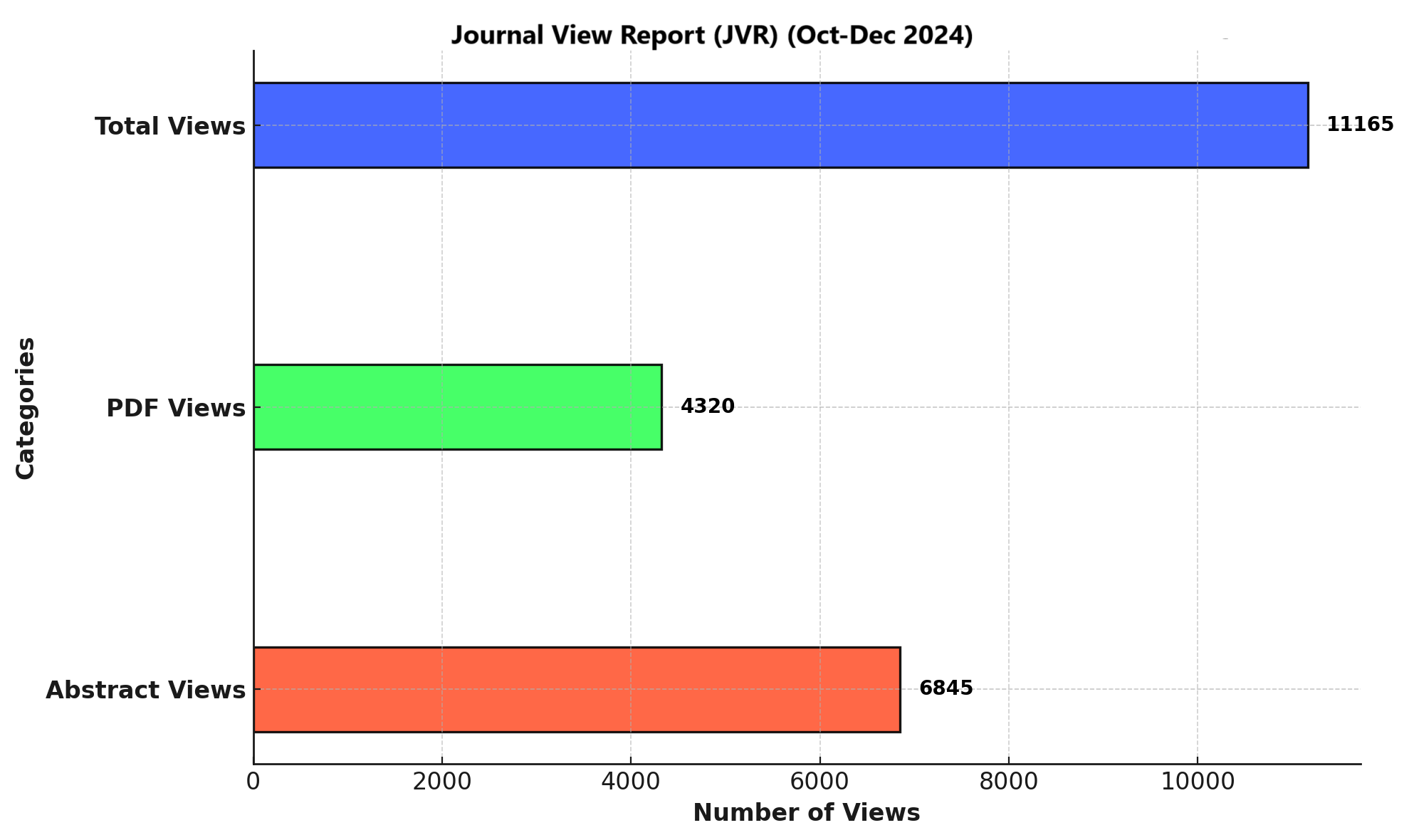COMPARISON OF 2% CHLORHEXIDINE AND 5.25% SODIUM HYPOCHLORITE IRRIGATING SOLUTION ON POST OPERATIVE PAIN
DOI:
https://doi.org/10.71000/ijhr86Keywords:
chlorhexidine, sodium hypochlorite, dental irrigants, endodontic pain management, postoperative pain, root canal irrigation, Visual Analog Scale (VAS), wound healingAbstract
Background: Postoperative pain is a common concern following dental procedures, affecting patient comfort and recovery. Effective pain management is crucial, with irrigating solutions playing a key role in endodontic treatments. Among these, 2% chlorhexidine and 5.25% sodium hypochlorite are widely used due to their antimicrobial and tissue-clearing properties, respectively. While chlorhexidine is known for its lower cytotoxicity, sodium hypochlorite offers stronger antibacterial effects but may increase pain. This study aims to compare the effectiveness of these two solutions in reducing postoperative pain, helping clinicians make informed choices to improve patient outcomes.
Objective: To determine the efficacy of 2%chlorhexidine and 5.25% Sodium Hypochlorite irrigating solution on post operative pain
Methods: This quasi-experimental interventional study was conducted at Sandeman Provincial Hospital Quetta from October 2021 to October 2023. A total of 312 patients experiencing postoperative pain were randomly assigned to two groups, each with 156 participants. Group A received 2% chlorhexidine as the irrigating solution, while Group B was treated with 5.25% sodium hypochlorite. Postoperative pain, the primary outcome measure, was assessed using the Visual Analog Scale (VAS) at baseline, on the 3rd day, the 7th day, and at a 2-week follow-up. Data were collected, entered, and analysed using SPSS version 26.0, with the chi-square test applied to assess group differences, considering p < 0.05 as statistically significant.
Results: Out of 312 patients, with 160 males (51.3%) and 152 females (48.7%). Patients were divided into 2 groups. Group A (2% chlorhexidine) reporting a mean VAS score of 6.3 (±1.2) and Group B (5.25% sodium hypochlorite) showing a mean score of 6.5 (±1.3). By the 2-week follow-up, both groups reported reductions in pain scores. Group A had a mean VAS score of 1.5 (±1.1), and Group B had a mean score of 2.8 (±1.4). A p-value of < 0.05 was considered statistically significant, which affirmed the effectiveness of 2% chlorhexidine over 5.25% sodium hypochlorite in managing postoperative pain.
Conclusion: 2% chlorhexidine is significantly more effective than 5.25% sodium hypochlorite in reducing postoperative pain following non-surgical root canal treatment
Downloads
Published
Issue
Section
License
Copyright (c) 2024 Shahnoor Zia, Syed Atta Ullah Shah, Sana Kanwal, Fahad Khan, Naila Amir Ali, Talha Asad Khan, Sher Afgan Raisani, Muhammad Farrukh Habib (Author)

This work is licensed under a Creative Commons Attribution-NonCommercial-NoDerivatives 4.0 International License.







